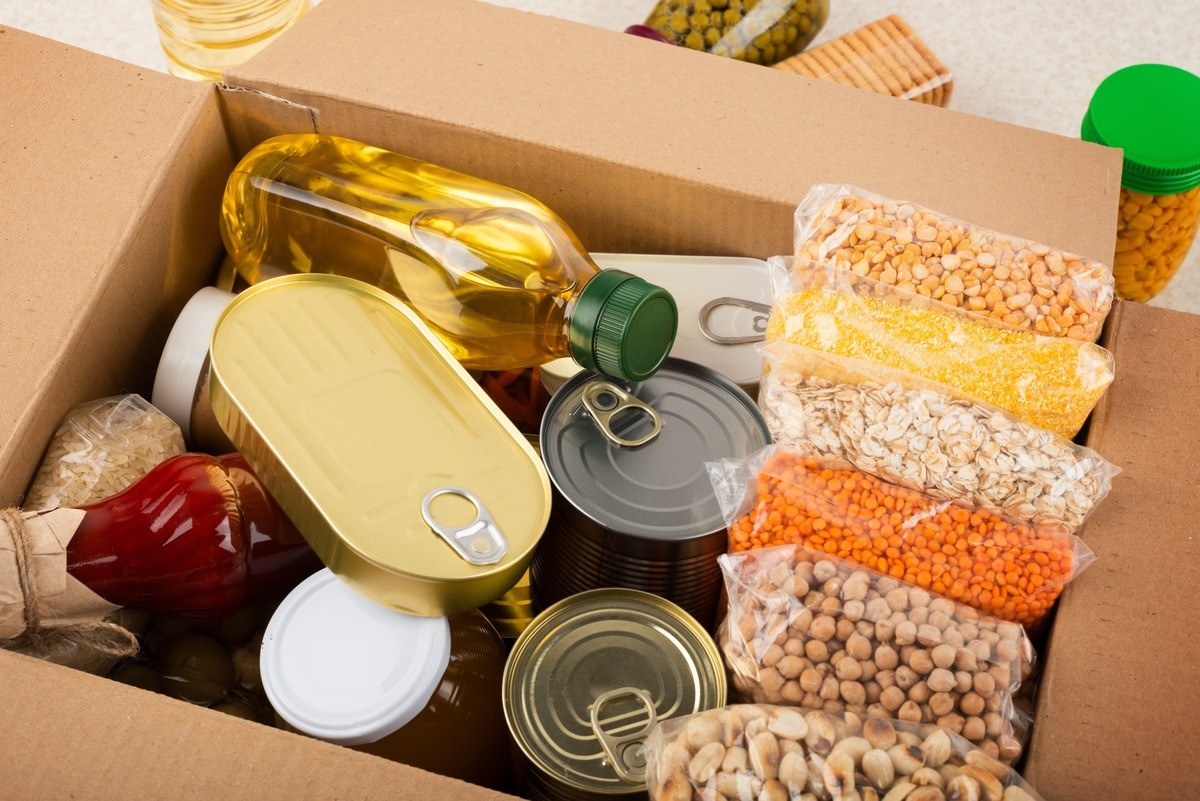
There’s always a chance of natural disasters like earthquakes or typhoons. It's recommended to have at least three days' worth of food stored at home—ideally enough for one week. But when you think of emergency food, you might imagine bland flavors, getting tired of eating the same thing, or unbalanced nutrition.
This article introduces everything from the basics of emergency food to how to choose the right products, plus creative ways to enjoy them as part of your everyday meals. We’ll show you how emergency food can be both tasty and practical—not just for emergencies, but as part of your regular pantry.
*By purchasing or reserving products introduced in this article, a portion of the sales may be returned to FUN! JAPAN.
Why Do You Need to Stock Emergency Food?
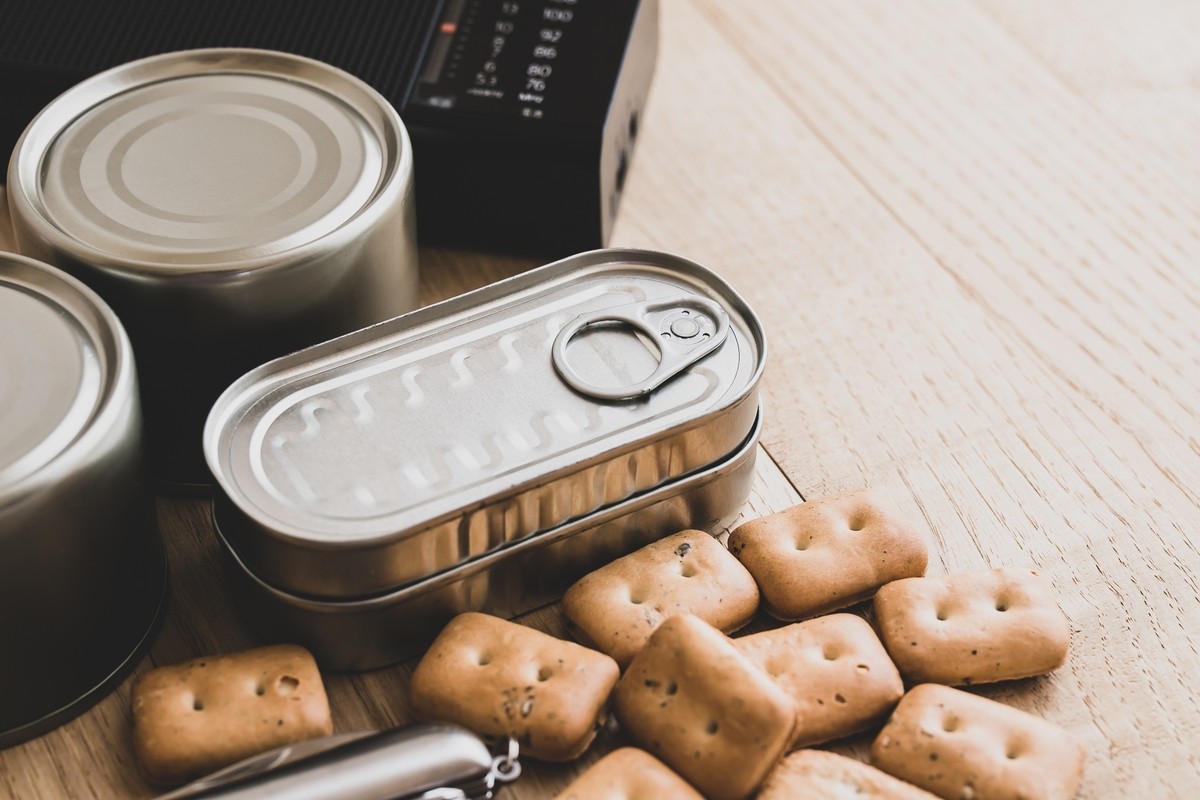
Disasters can make it hard to get food
When a disaster strikes, supply chains may be disrupted, making it difficult for supermarkets or convenience stores to stay stocked. In past disasters, interruptions to utilities often led to temporary halts in food distribution and empty store shelves.
In situations like this, having emergency supplies at home can be crucial for protecting the lives and health of your family. If transport networks are cut off for a long time, it could take a while for aid to arrive. That’s why it’s best to have enough food and water at home for your entire household to last at least one week.
Maintaining a Balanced Diet
In emergencies, meals often become heavy in carbohydrates, making it difficult to maintain proper nutrition. So, when preparing your emergency food stock, don't just focus on filling up—try to choose items that offer a balance of essential nutrients like vitamins, minerals, and protein. Canned fish or beans and vegetable juice are great ways to supplement nutrients that are often lacking in emergency meals.
It’s also important to consider dietary needs such as allergy-friendly foods, and to stock special items for babies, seniors, or anyone with health conditions.
Rolling Stock Helps Reduce Food Waste
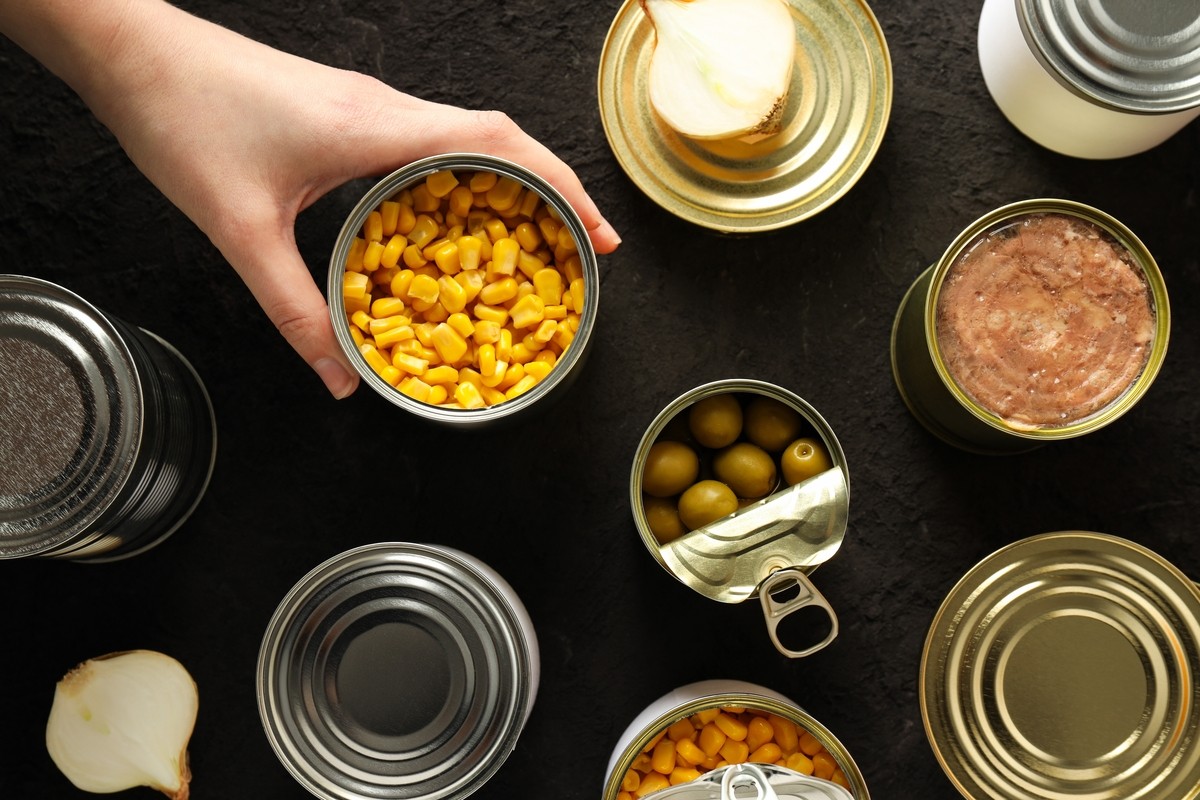
"Rolling stock" is a method where you keep a slightly larger supply of everyday food and restock it as you use it. By buying extra shelf-stable items like retort-packed foods, canned goods, or dried noodles and using them regularly, you can always keep a ready supply on hand without stress. This approach also means you're more likely to have familiar, comforting foods available when disaster strikes.
What Makes Emergency Food Special? A Wide Range of Flavors and Options!
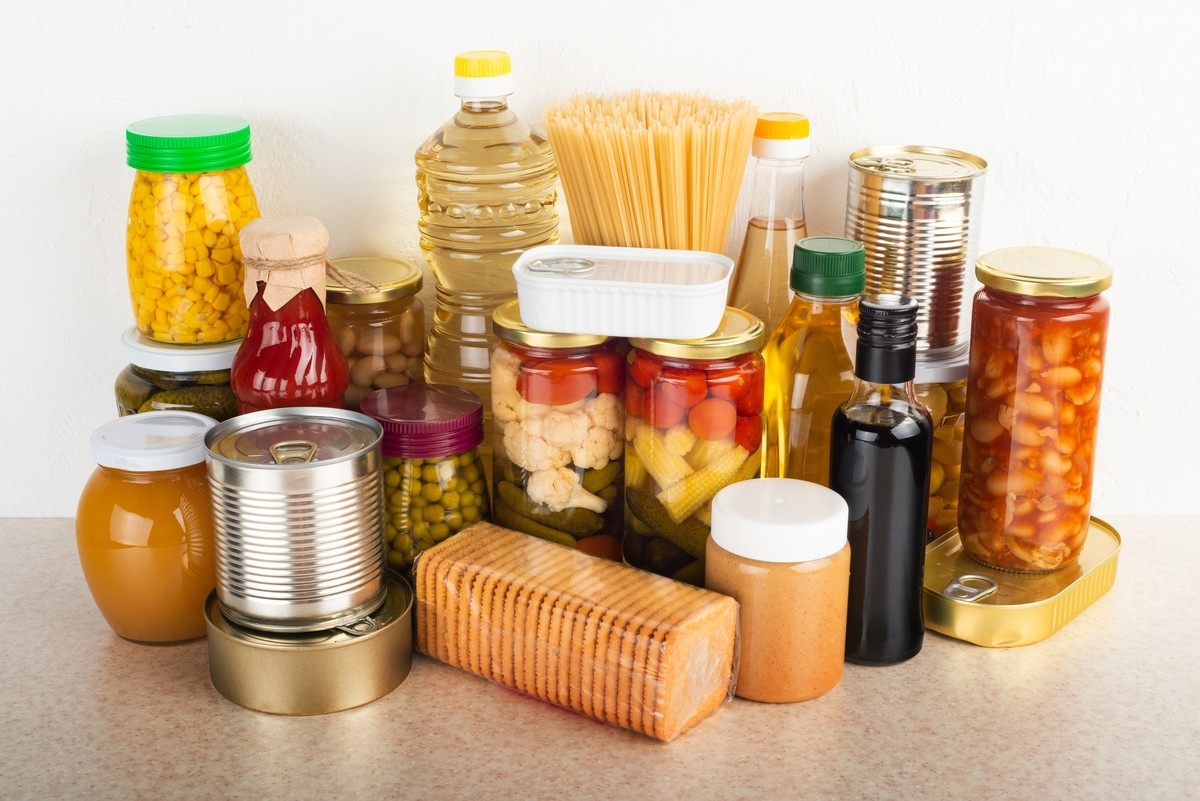
When you hear "emergency food," you might picture rock-hard biscuits or crackers—but today’s emergency food has come a long way. There are now plenty of flavorful and varied options to choose from.
Feature 1: Long Shelf Life
One of the most important features of emergency food is its long shelf life. Most emergency food can be stored for about 3 to 5 years from the manufacturing date, but thanks to special processing and packaging technology, some items can last up to 25 years.
These long-lasting products save you the hassle of frequent replacements and help ensure you won’t run out of food when it matters most. Just make sure to check the expiration date when purchasing, and try to choose items with the longest shelf life available.
Feature 2: Ready to Eat Without Heating
During a disaster, utilities like electricity and gas may be unavailable, and it might not be possible to cook. That’s why many emergency foods are ready to eat as-is. Items like retort curry or canned goods can be eaten safely without fire, making them ideal even when cooking isn't possible. They also save time and effort in preparation, and are versatile enough to enjoy as part of your everyday meals.
Feature 3: Can Be Prepared with Just Water
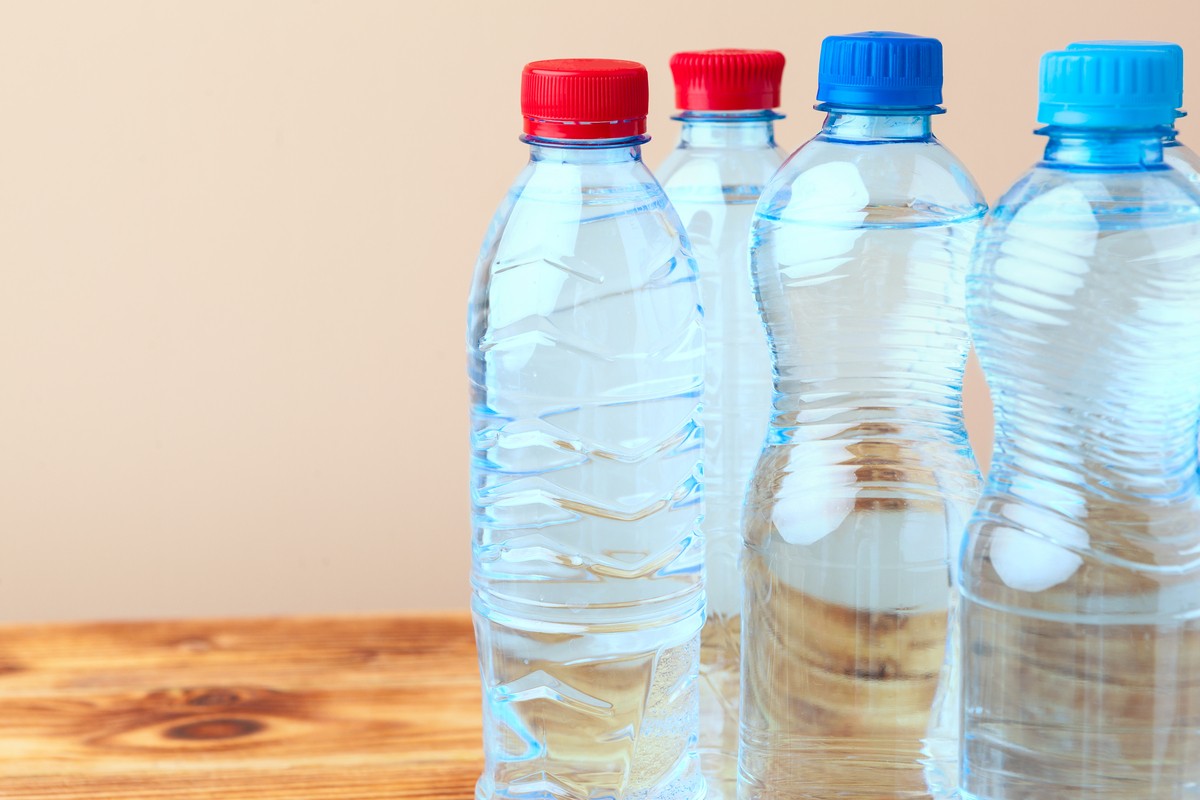
There are also many emergency foods that can be prepared using only water, even without electricity or gas. Instant noodles, alpha rice, and pasta that rehydrates with water are designed to taste good even without hot water, helping you conserve your supply. Especially when drinking water is limited, it's wise to choose foods that don’t require a lot of water for preparation.
What Types of Emergency Food Are There? Here Are Some Recommended Items
Emergency food comes in many forms, so it’s best to understand the features and nutritional values of each, and choose ones that fit your lifestyle and family needs.
Canned Food
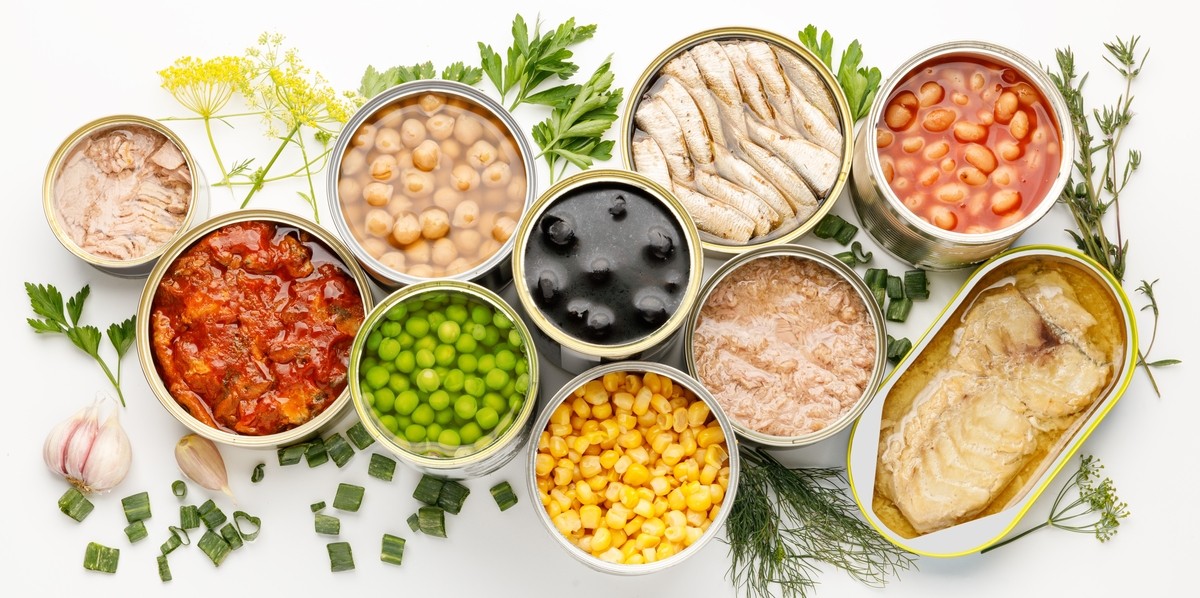
Canned food is the classic staple of any emergency food supply. It can be stored long-term in sealed containers and eaten straight from the can without heating.
Seafood
Popular options include tuna, Pacific saury, and sardines. These are rich in unsaturated fatty acids like DHA and EPA, and are good sources of protein. They come in a variety of flavors such as soy sauce and miso, so they’re easy to enjoy without getting bored.
👉 【Yahoo! Shopping】Purchase Kyokuyo Boiled Mackerel in Water 160g (24 cans)
Meat
Canned corned beef, luncheon meat, and yakitori are convenient ways to get protein and offer a satisfying meal. They can also be enjoyed as a main dish or with drinks.
👉 【Yahoo! Shopping】Purchase Nozaki Corned Beef (50% Less Fat) 80g x 6 cans
Fruit

Canned fruits like white peaches, mandarins, and fruit mixes are popular. They provide vitamins and fiber, and can be eaten as-is or used in sweet treats.
👉 【Yahoo! Shopping】Purchase Kokubu K&K Nippon no Kajitsu Assorted Canned Fruits (Set of 8)
Vegetables
Canned tomatoes, corn, and soybeans help supplement vegetables that are often lacking in emergency meals. They're also great in soups or stews, adding depth and flavor.
👉 【Yahoo! Shopping】Purchase Hagoromo Foods Crispy Corn 190g x 12 cans
Snacks
Even in emergencies, having a tasty snack can lift your spirits. Small portions of snacks offer a quick energy boost and can help maintain emotional stability.
Bisco
A long-selling favorite for over 90 years, Bisco has a gentle sweetness that’s easy to enjoy for both kids and adults. It has a long shelf life and comes in individually wrapped portions, making it perfect for sharing with friends and family.
👉 【Yahoo! Shopping】Purchase Bisco Emergency Can (5 pieces x 6 packs, 30 pieces total) Set of 2
Eiyokan (Energy Yokan)
Just one bar provides the same energy as a small bowl of rice. It has a long shelf life and can be eaten one-handed without prep, making it useful not only in emergencies but also for outdoor activities.
👉 【Yahoo! Shopping】Purchase Eiyokan 60g (Set of 10)
Tabekko Dobutsu
A beloved educational snack, especially popular among children and young women. Some versions are mixed with vegetables and fruits to help you easily consume calcium.
👉 【Yahoo! Shopping】Purchase IZAMESHI x Ginbis Thick Tabekko Dobutsu Set of 5 Cans
Kanpan (Hard Biscuits)

High in calories and very filling, Kanpan also has a long shelf life. As a dry food, it can feel a bit crumbly, but spreading jam or butter on it makes it much more enjoyable.
👉 【Yahoo! Shopping】Purchase Sanritsu Kanpan in Can 100g (Set of 2)
Rice & Noodles
Rice and noodles are staple foods that are especially useful in emergencies. Many can be rehydrated with just water and eaten without heating, allowing for efficient carbohydrate intake.
Alpha Rice
Dehydrated rice that can be rehydrated with either hot or cold water to resemble freshly cooked rice. It’s lightweight and compact, with a wide variety of flavors available.
👉 【Yahoo! Shopping】Purchase Alpha Rice 26-Variety Set (8 Days’ Worth)
Short Pasta
Some types can be rehydrated with water alone, requiring no cooking. With a chewy texture similar to fresh pasta, it’s both easy and enjoyable to eat.
👉 【Yahoo! Shopping】Purchase Nippn Oh My 3-Minute Quick-Cook Penne Macaroni 160g x 8 Pack
Instant Noodles
Easy to prepare with hot water and available in many flavors. You can also enjoy it creatively, like adding rice to the leftover broth to make a porridge, or adding an egg for a chawanmushi-style dish.
👉 【Yahoo! Shopping】Purchase Nissin Foods Chicken Ramen 5-Pack (85g x 5 servings) x 6
Somen
These dried noodles store well and cook quickly. They’re great for hot days when you don’t have much appetite.
👉 【Yahoo! Shopping】Purchase Shimabara Hand-Stretched Somen 4 Bags (1kg – 50g x 20 Bundles)
Retort (Pre-packaged) Foods
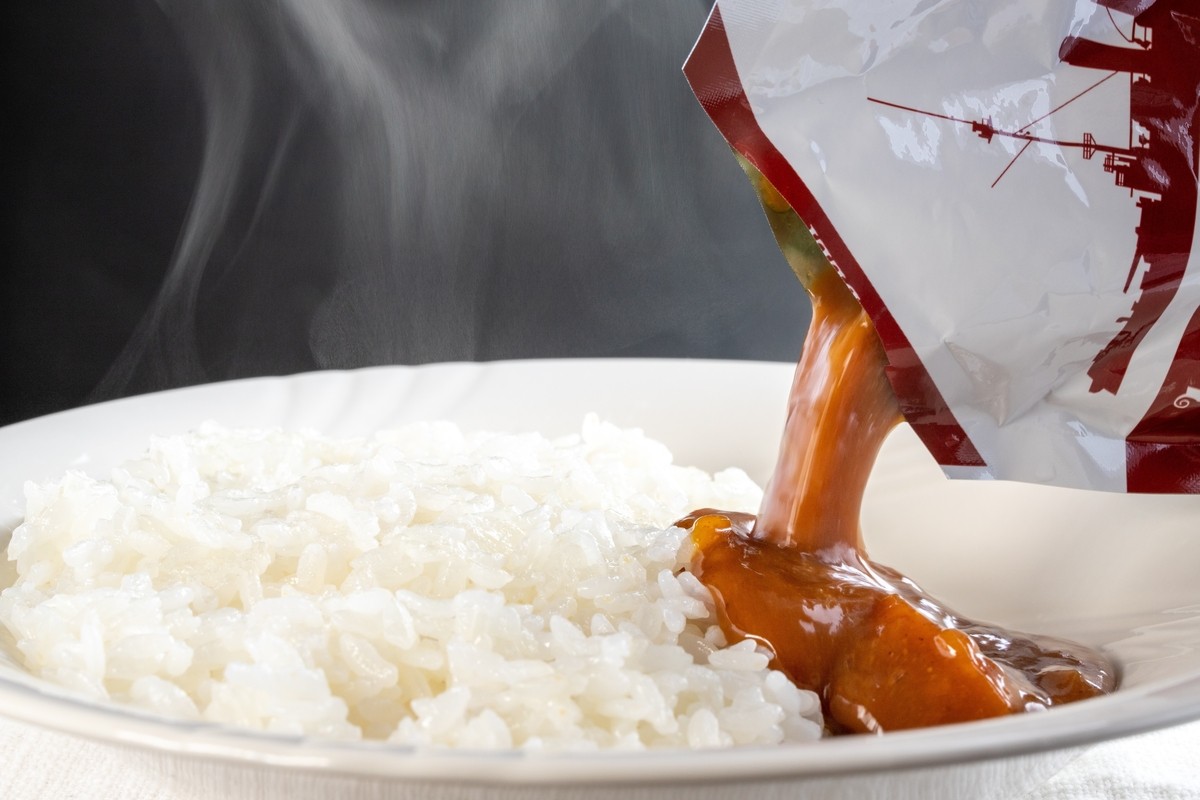
Ready-made meals like curry, Chinese-style rice bowls, and beef bowls come in a wide variety and are also convenient for regular meals. Most require heating in hot water or a microwave, but some can also be eaten at room temperature.
Drinking Water
For emergency storage, aim for about 3 liters of water per person per day, with at least 3 days' worth on hand. Soft water is especially recommended for cooking rice or preparing infant formula.
👉 【Yahoo! Shopping】Purchase 10-Year Storage Water 400ml x 24 Bottles
Tips for Choosing Emergency Food
Besides checking whether the food can be stored long-term, keep the following points in mind to select emergency food that will be useful in times of disaster.
Point 1: Easy to manage
Choose products that can be stored at room temperature and have a shelf life of 3 years or more. Always check the expiration date listed on the package.
Point 2: Easy to eat
Ideally, choose food that’s easy to open and doesn’t require cooking. In disasters, you might not be able to use tools or may have limited mobility, so go for cans that don’t need a can opener or pouch-style foods that can be opened by hand.
Point 3: Nutritional balance
Adults typically need 1,600–2,000 kcal per day. Try to balance your meals not only with carbohydrates but also with protein from canned meat or fish, and vitamins and minerals from vegetable or fruit cans or juices.
Point 4: Food everyone in your family can eat
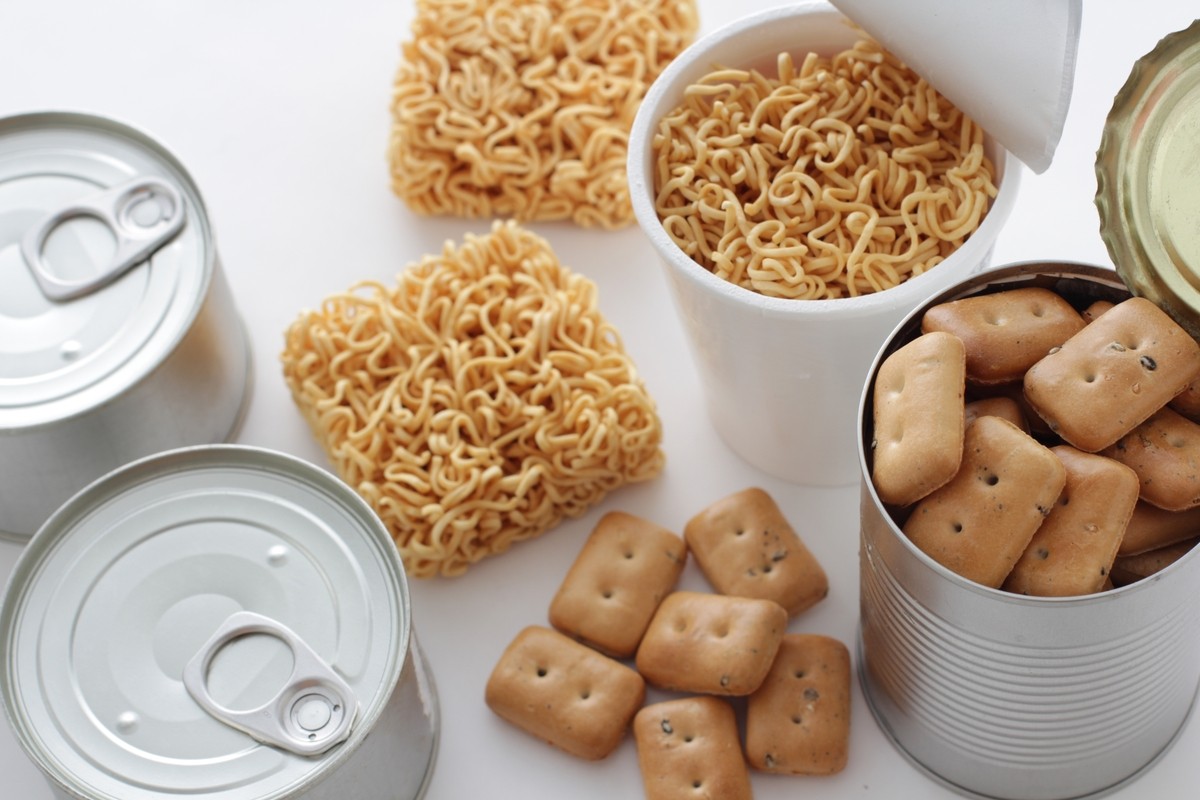
Consider allergies and preferences when choosing food that everyone can eat comfortably. During disasters, stress or environmental changes can lead to a loss of appetite, so having familiar, comforting tastes can provide psychological relief and stimulate appetite.
Quick and Delicious! 4 Easy Recipes Using Emergency Foods
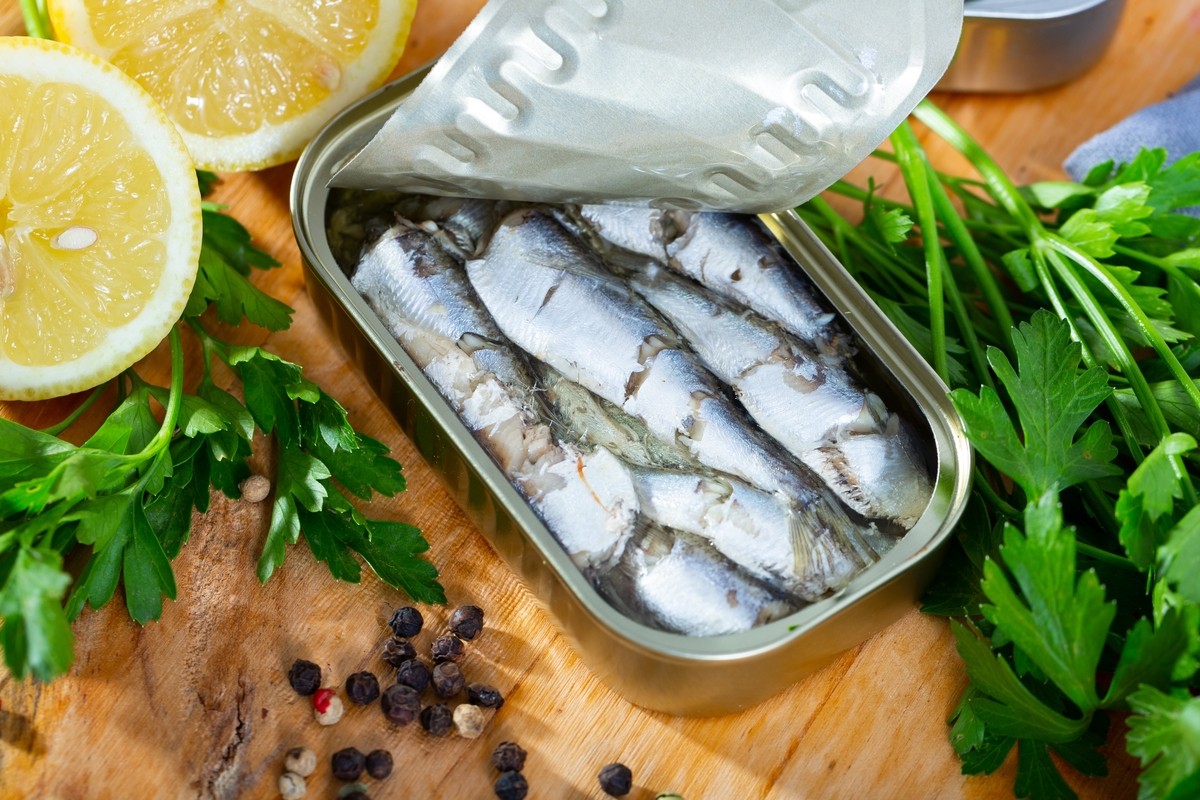
Emergency food isn’t just for eating straight out of the pack—it can be turned into tasty, balanced meals with just a little effort. Here are four easy recipes you can make without much fuss.
[Can Be Made During a Blackout] Light and Healthy Cold Somen with Tuna and Corn
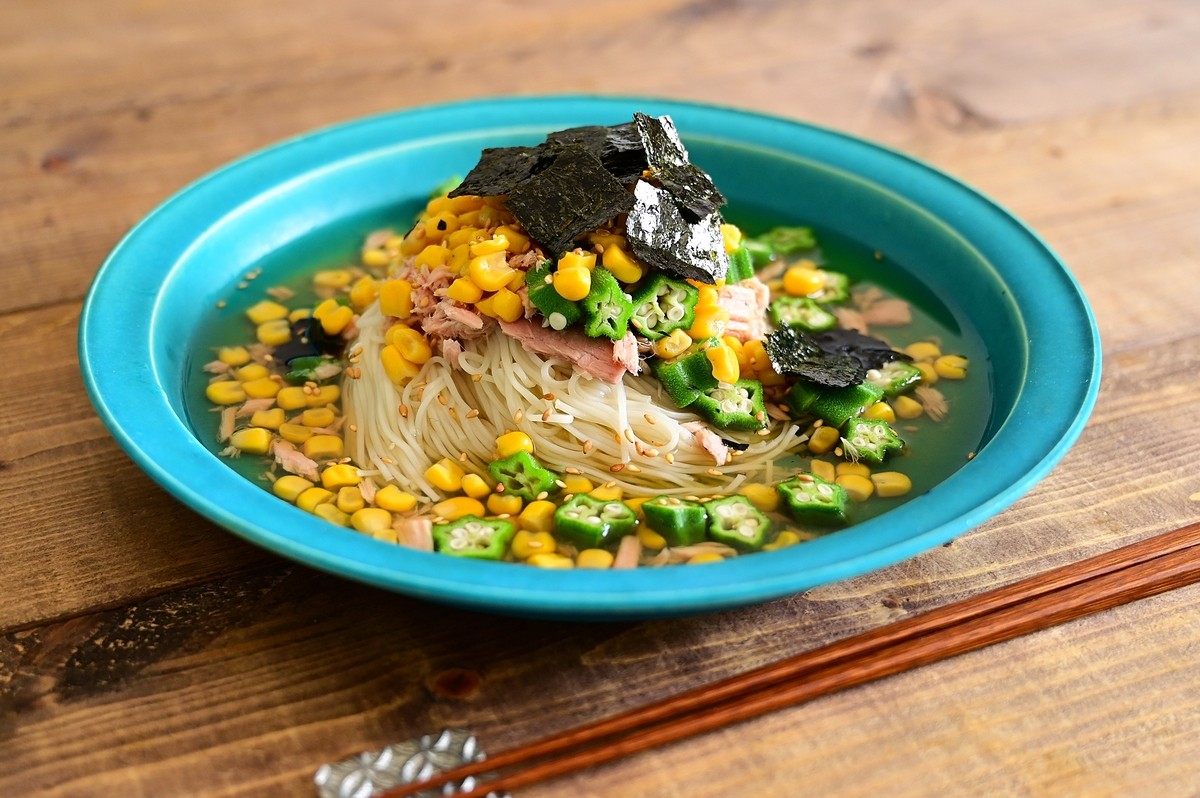
Ingredients (Serves 2)
Tuna (in oil) – 1 can
- Canned corn – 2 tablespoons
- Somen noodles – 3 bundles
Instructions
(1) Boil the somen and cool it in cold water.
(2) Add the tuna and corn, and mix well.
(3) Drizzle with a little soy sauce or sesame oil to finish.
💡Tip
With its light flavor, this dish is easy for kids to enjoy too. You can also add your favorite toppings, so the possibilities are endless!
[Can Be Made During a Blackout] Ethnic-Style Fresh Spring Rolls with Rice Paper
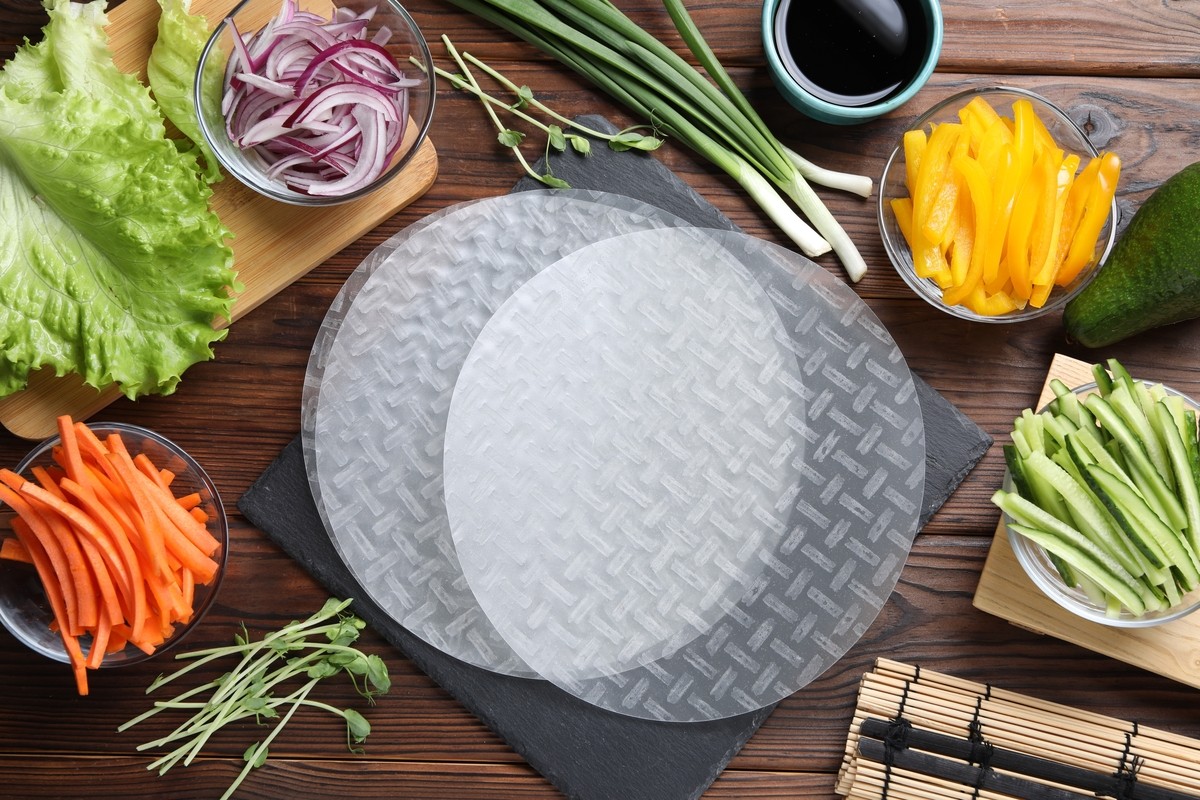
Ingredients (Makes 4 rolls)
Rice paper – 4 sheets
- Canned chicken breast (or canned tuna) – 1 can
- Canned young corn or cooked soybeans – as needed
Instructions
(1) Soak the rice paper in water for about 30 seconds until soft. Tip: Using lukewarm water softens it faster.
(2) Place your preferred fillings on the rice paper and roll them up.
💡Tip
Using ready-to-eat canned vegetables makes this a quick and healthy option. Layering two sheets of rice paper helps prevent tearing and gives the rolls a pleasantly chewy texture.
[No Hot Water Needed] Refreshing Cold Soup with Mackerel Can (Hiyajiru Style)
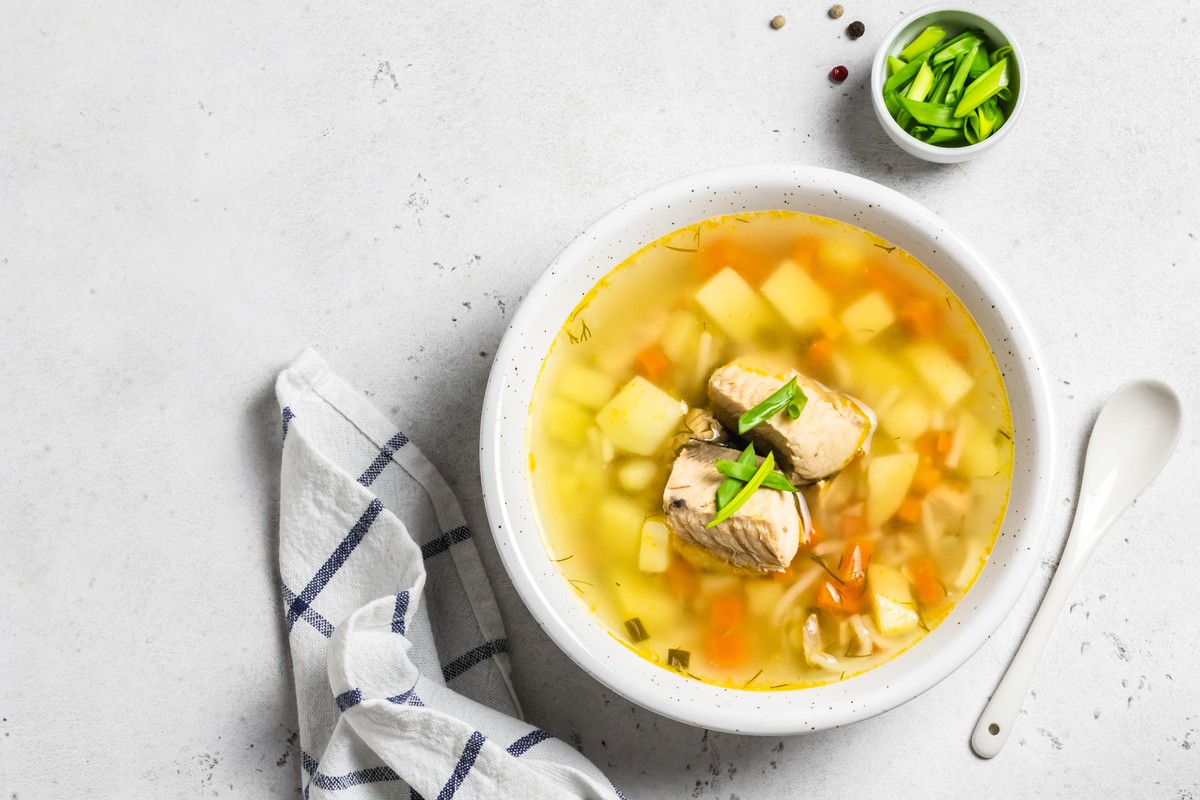
Ingredients (Serves 2)
Canned mackerel in water – 1 can
- Firm tofu (small) – 1 block
- Miso – to taste
Instructions
(1) Transfer the mackerel (including the liquid) to a bowl.
(2) Dice the tofu and add to the bowl.
(3) Add cold water and miso, mix well, chill, and serve.
💡Tip
Perfect for hot days or as a hydrating meal, this chilled soup is easy to enjoy. Add cucumber, myoga (Japanese ginger), or other toppings for an even more refreshing taste.
[No Hot Water Needed] Just Two Ingredients! Easy Traditional Sweet Red Bean Soup (Zenzai)
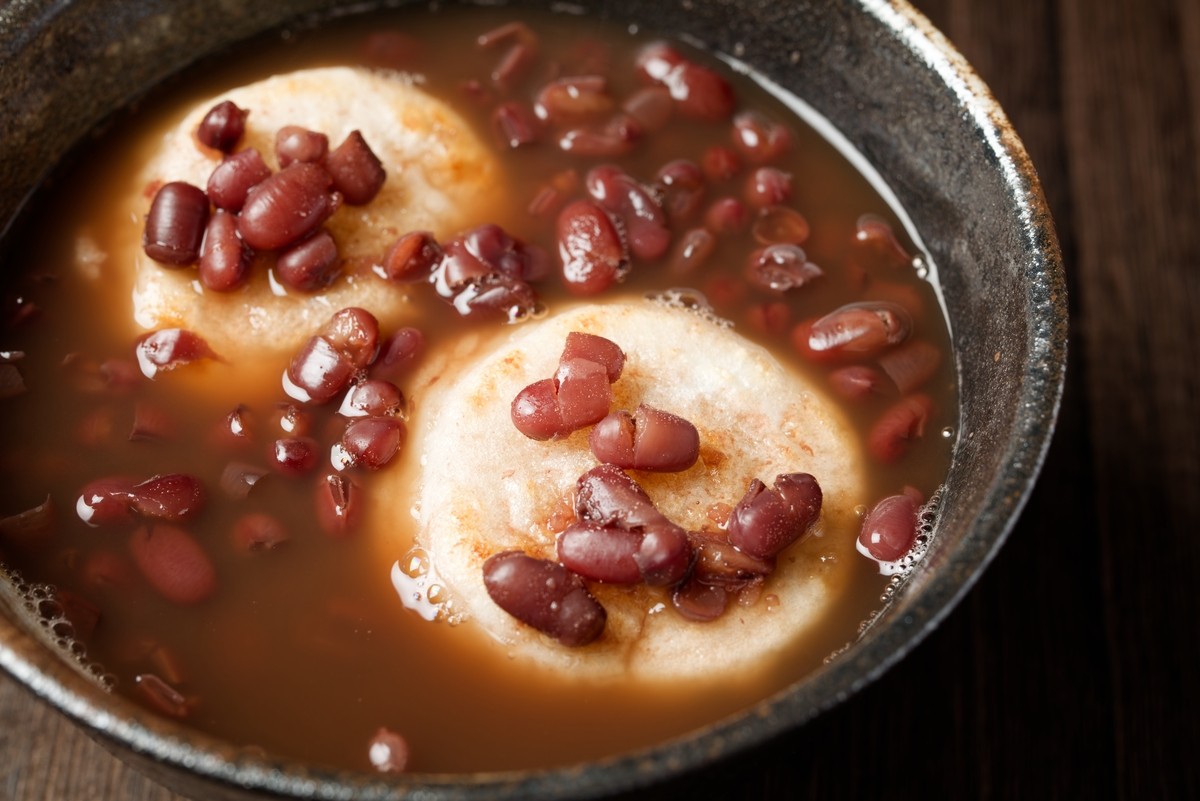
Ingredients (Serves 2)
Sweetened red bean paste (canned) – 1 can
- Kirimochi (shelf-stable rice cakes) – 4 pieces
- Water – 150ml
Instructions
(1) Open the can of sweet red beans and pour it into a microwave-safe container. Add water and stir well.
(2) Submerge the mochi and microwave for about 1 minute.
💡Tip
For an authentic touch, toast the mochi until browned before adding. In times of emergency, a sweet treat like this can be incredibly comforting for both body and mind.
Emergency food isn't just about "preparing"—it's also about "using." The recipes introduced here are easy to make even when cooking appliances or electricity are unavailable. Take this opportunity to review your home stockpile and try incorporating emergency food into your everyday meals!
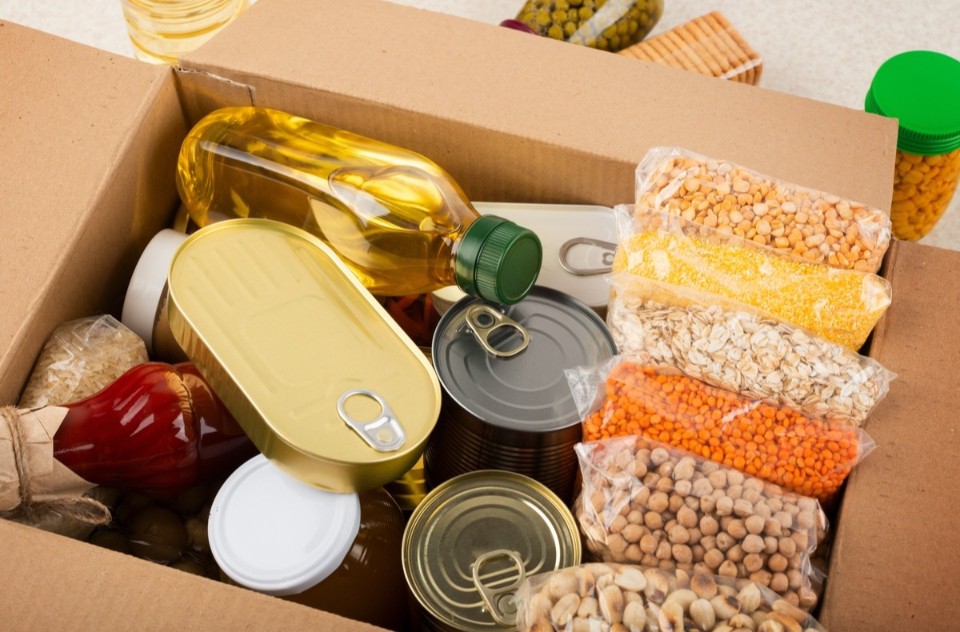
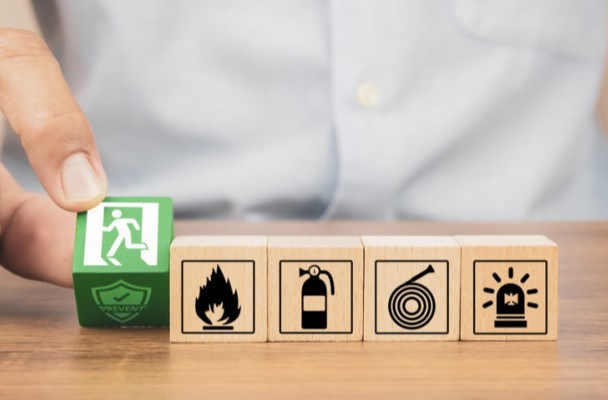
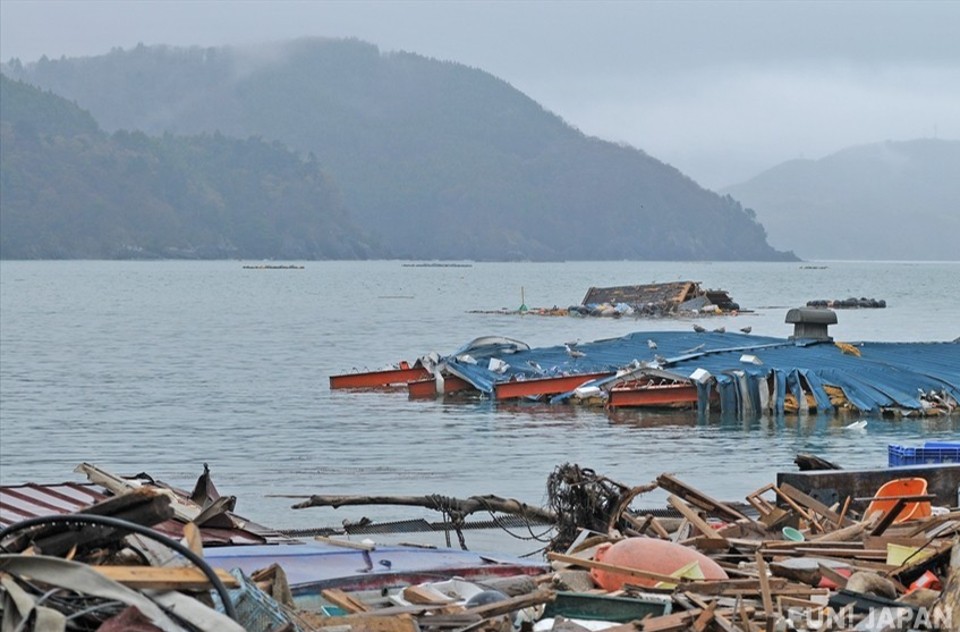
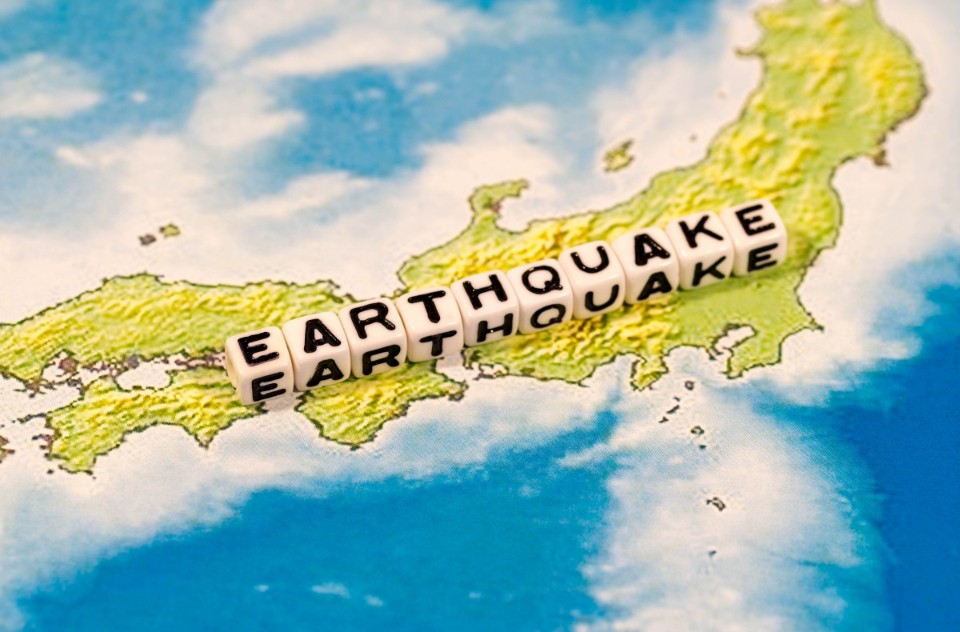
Comments